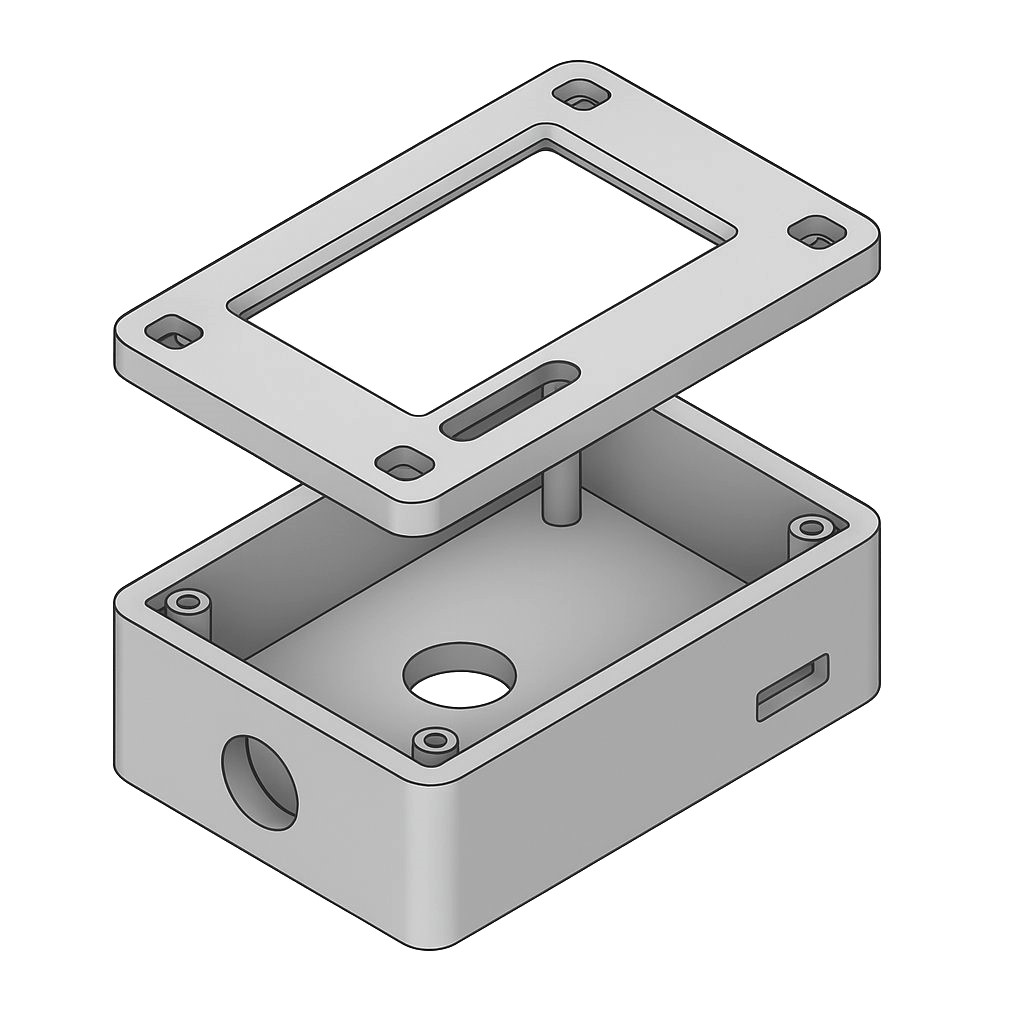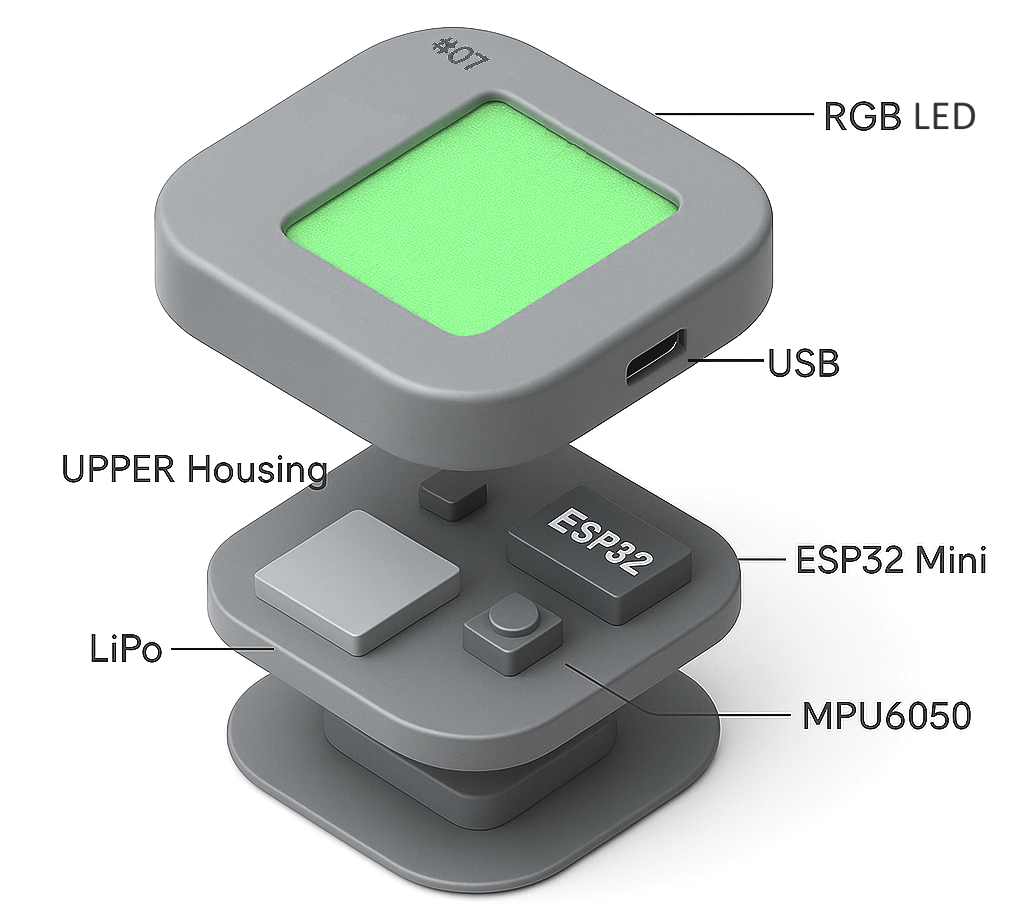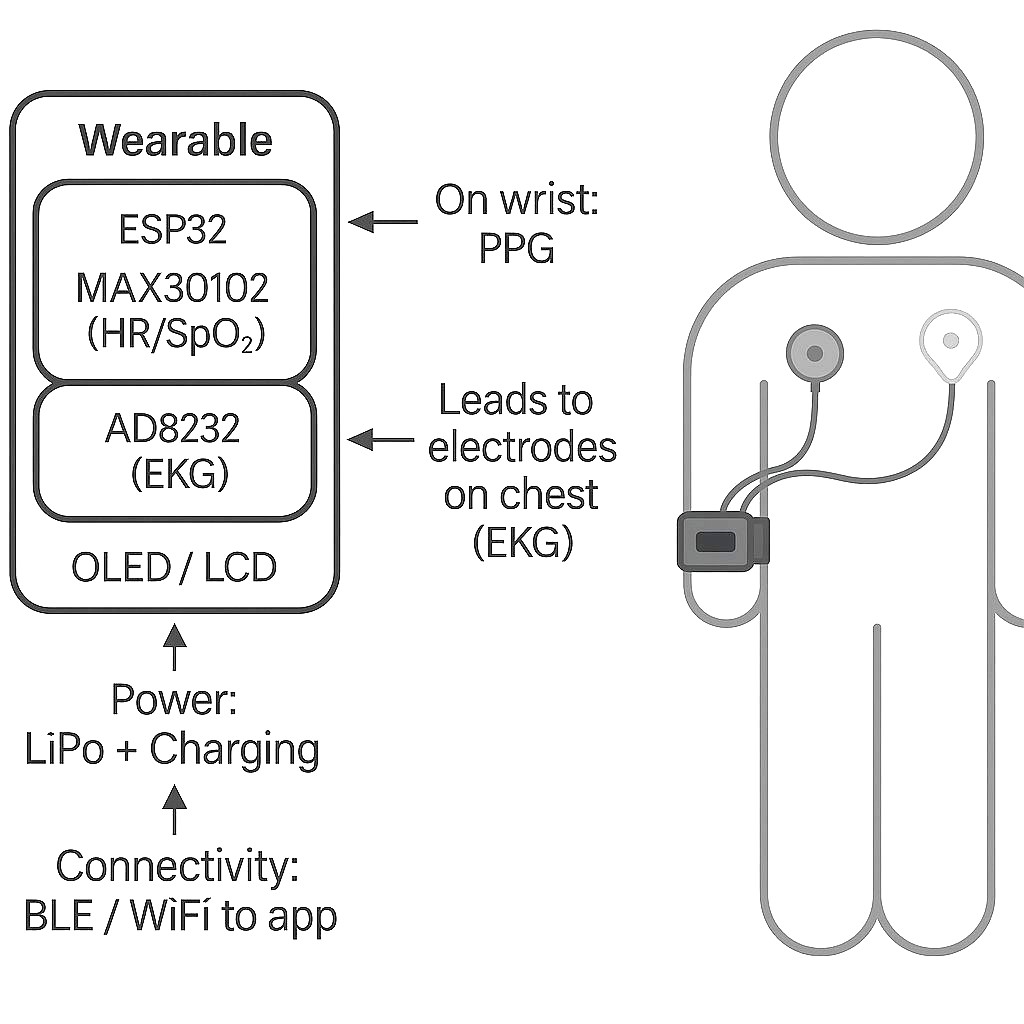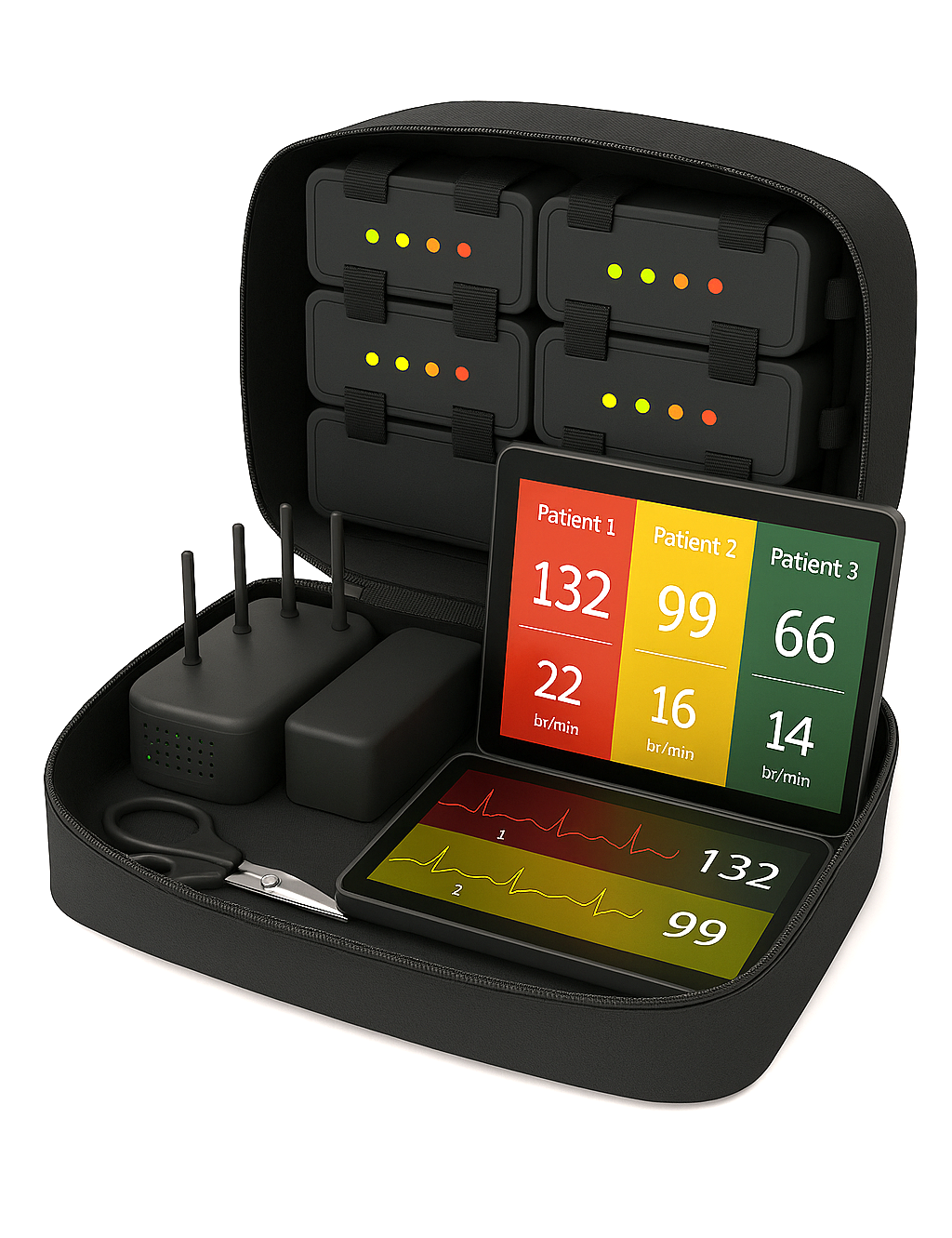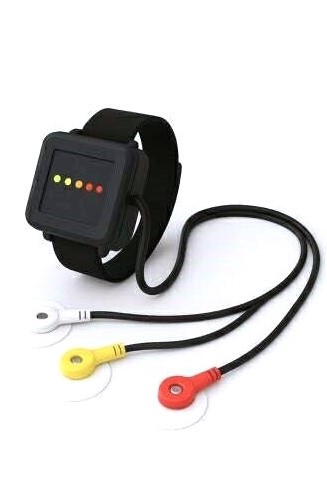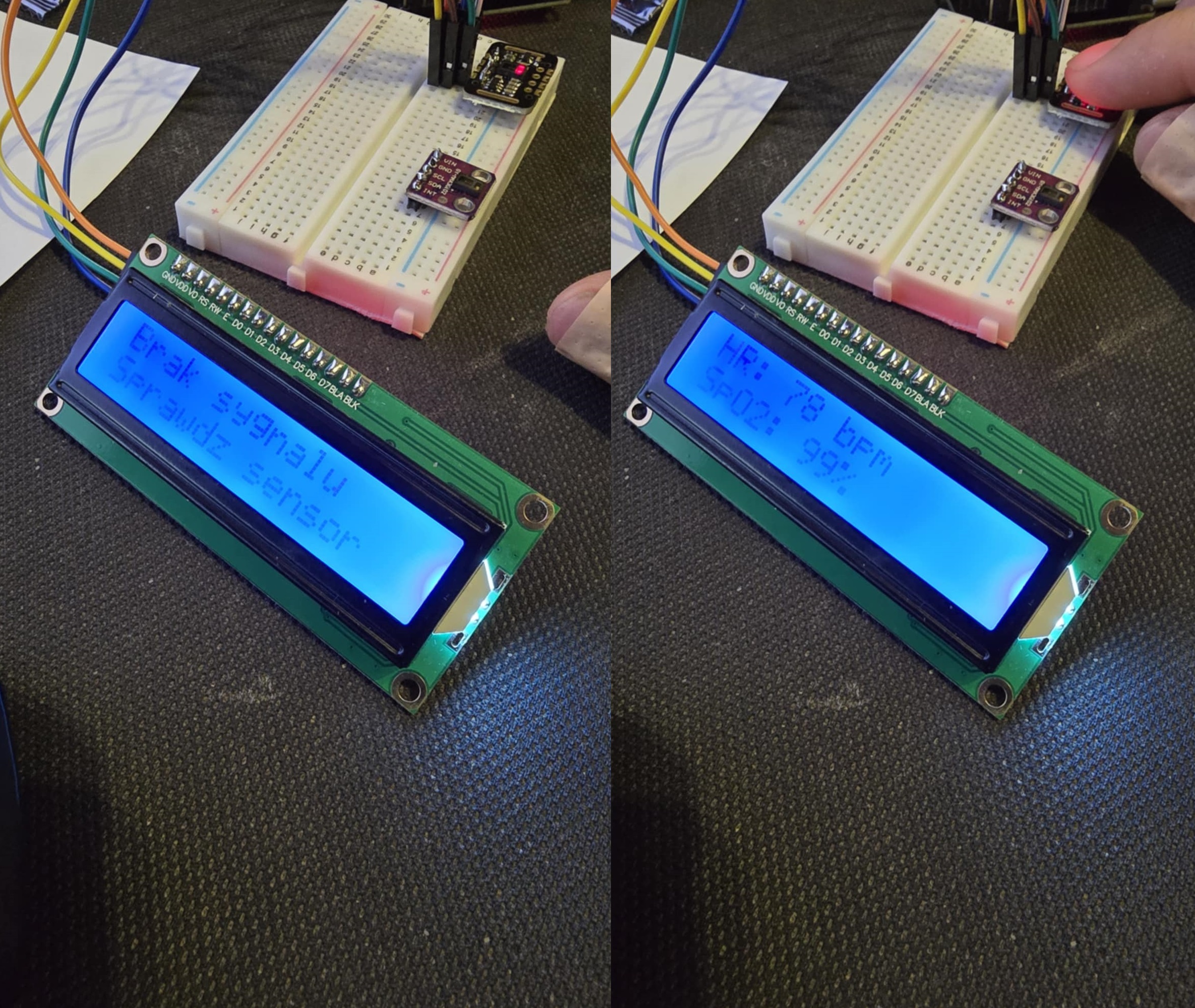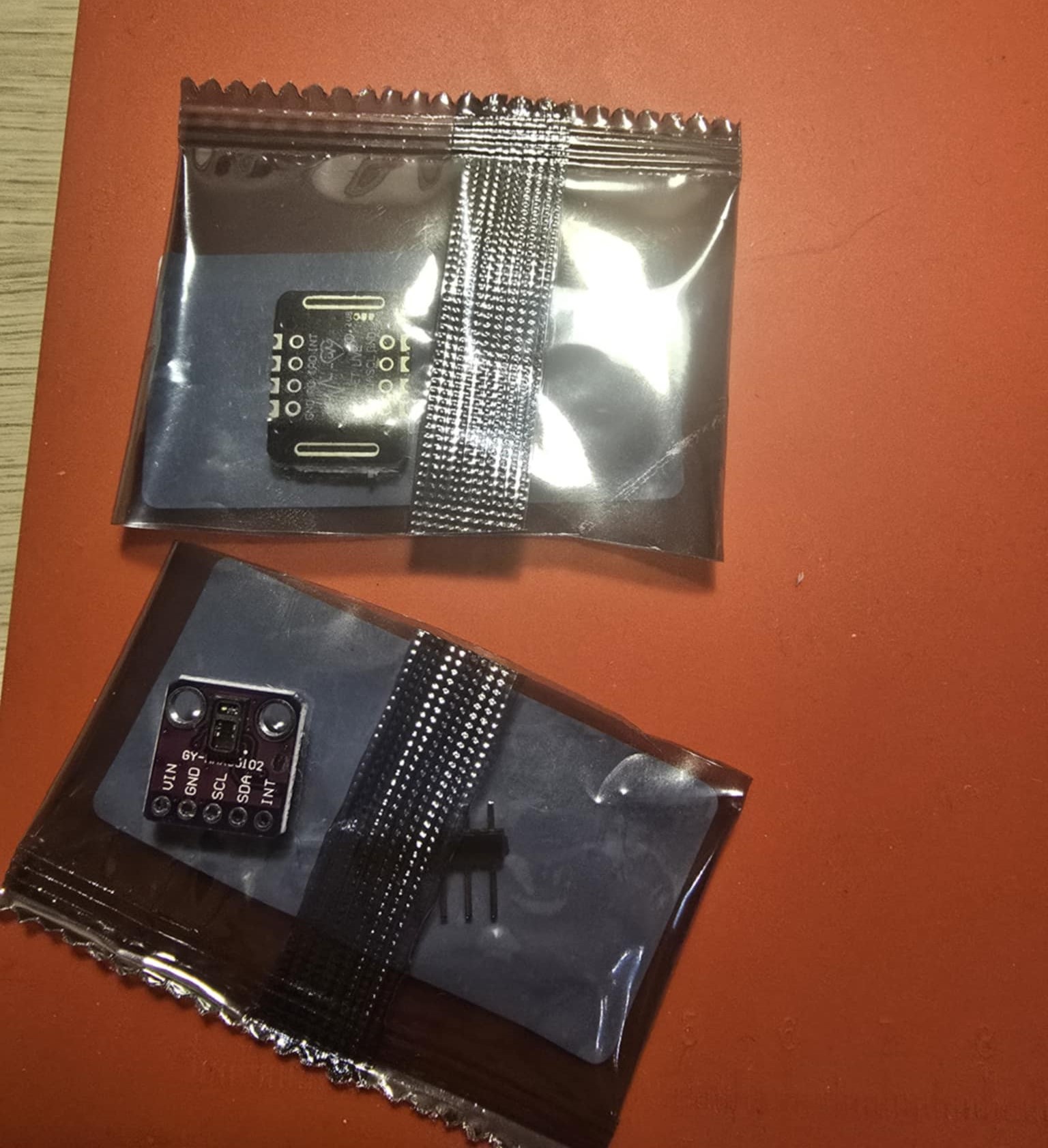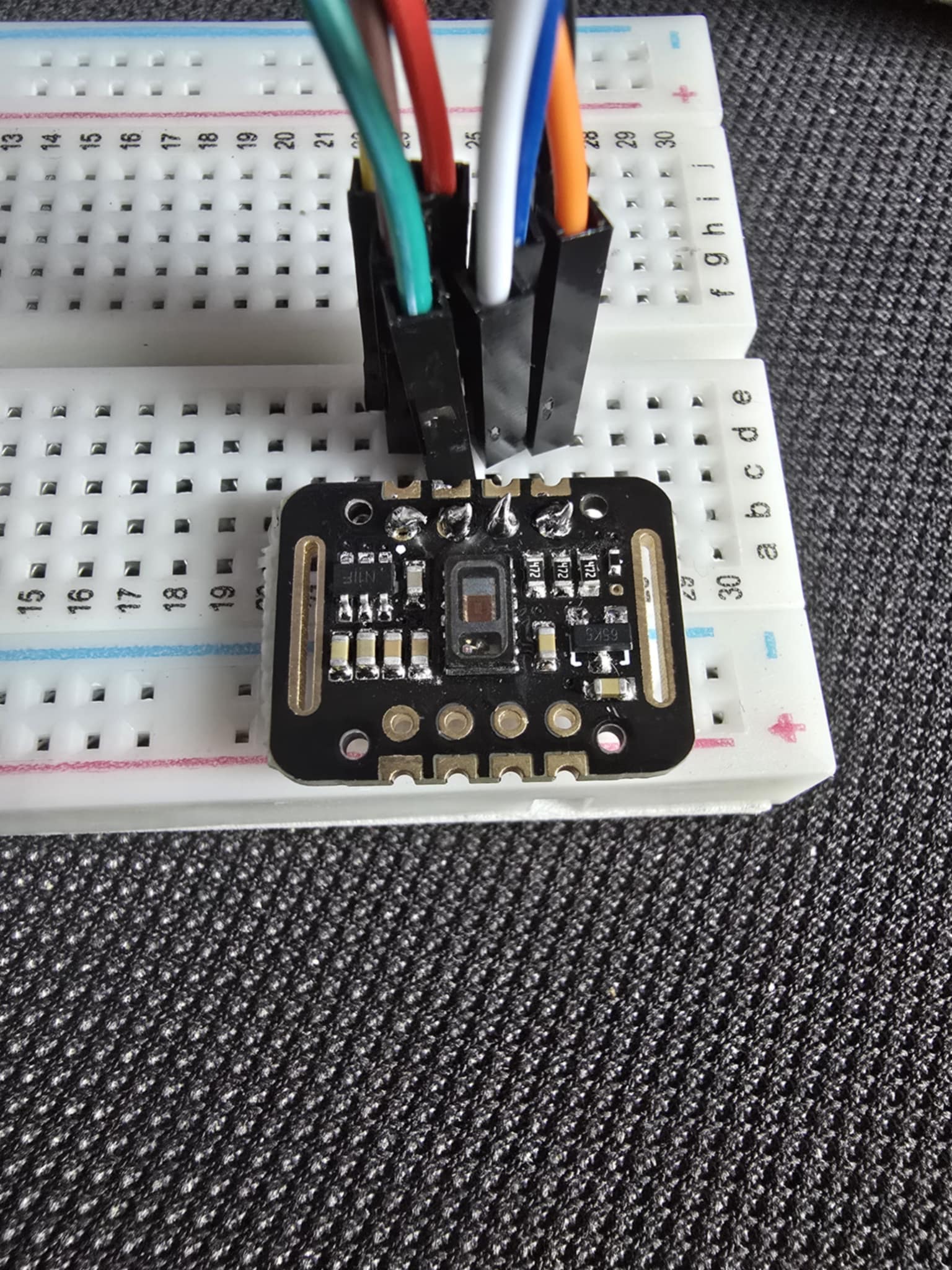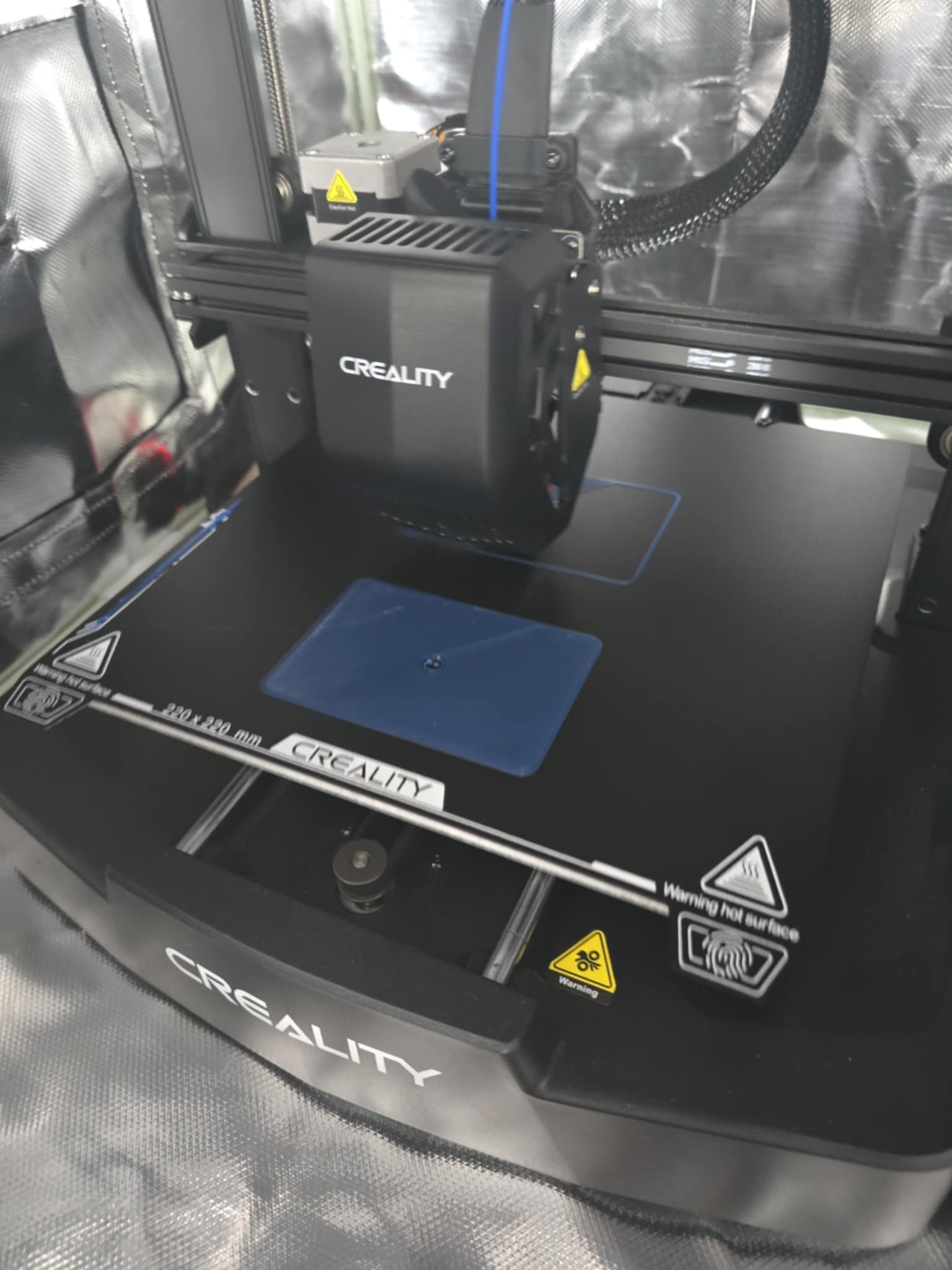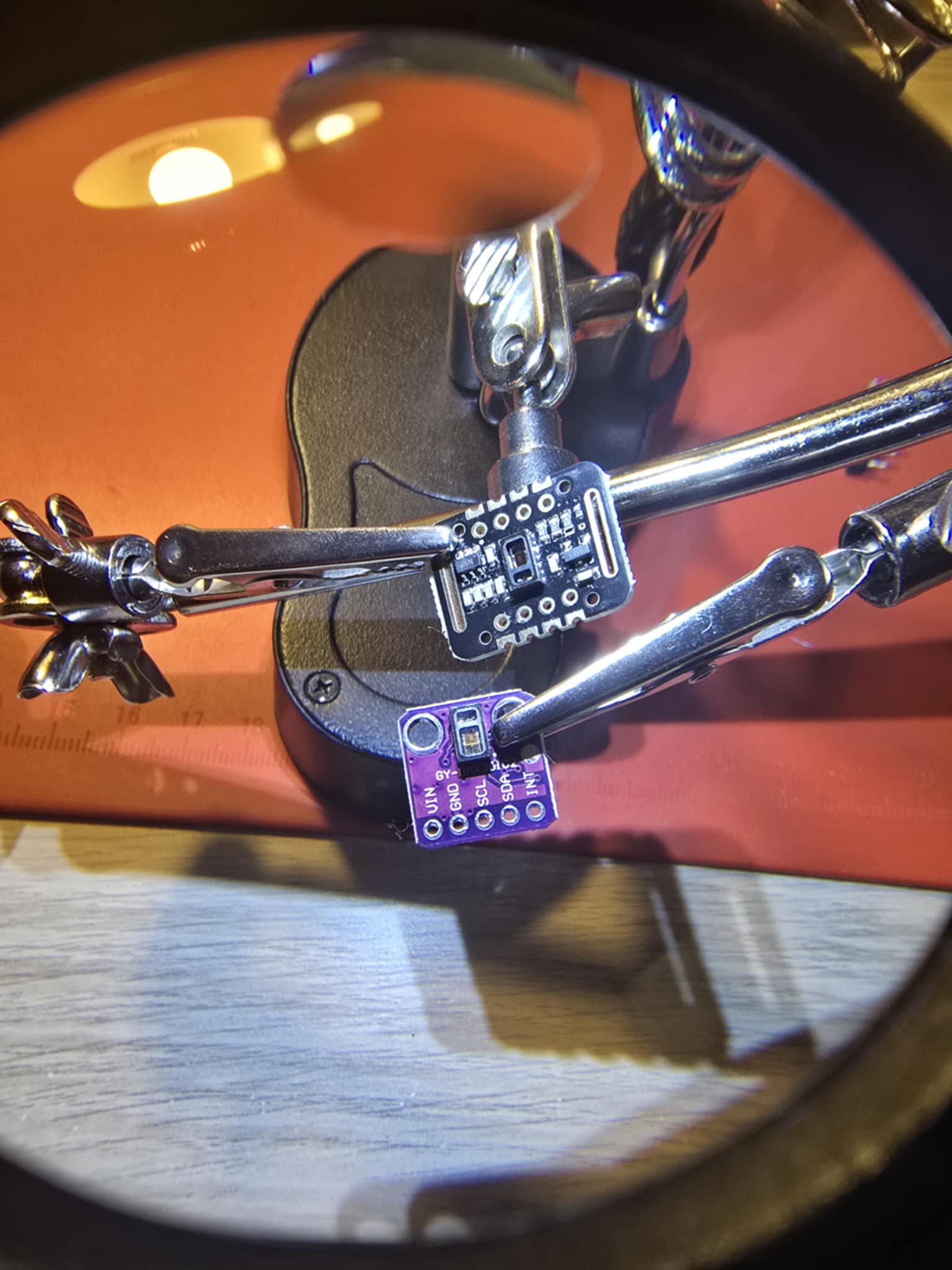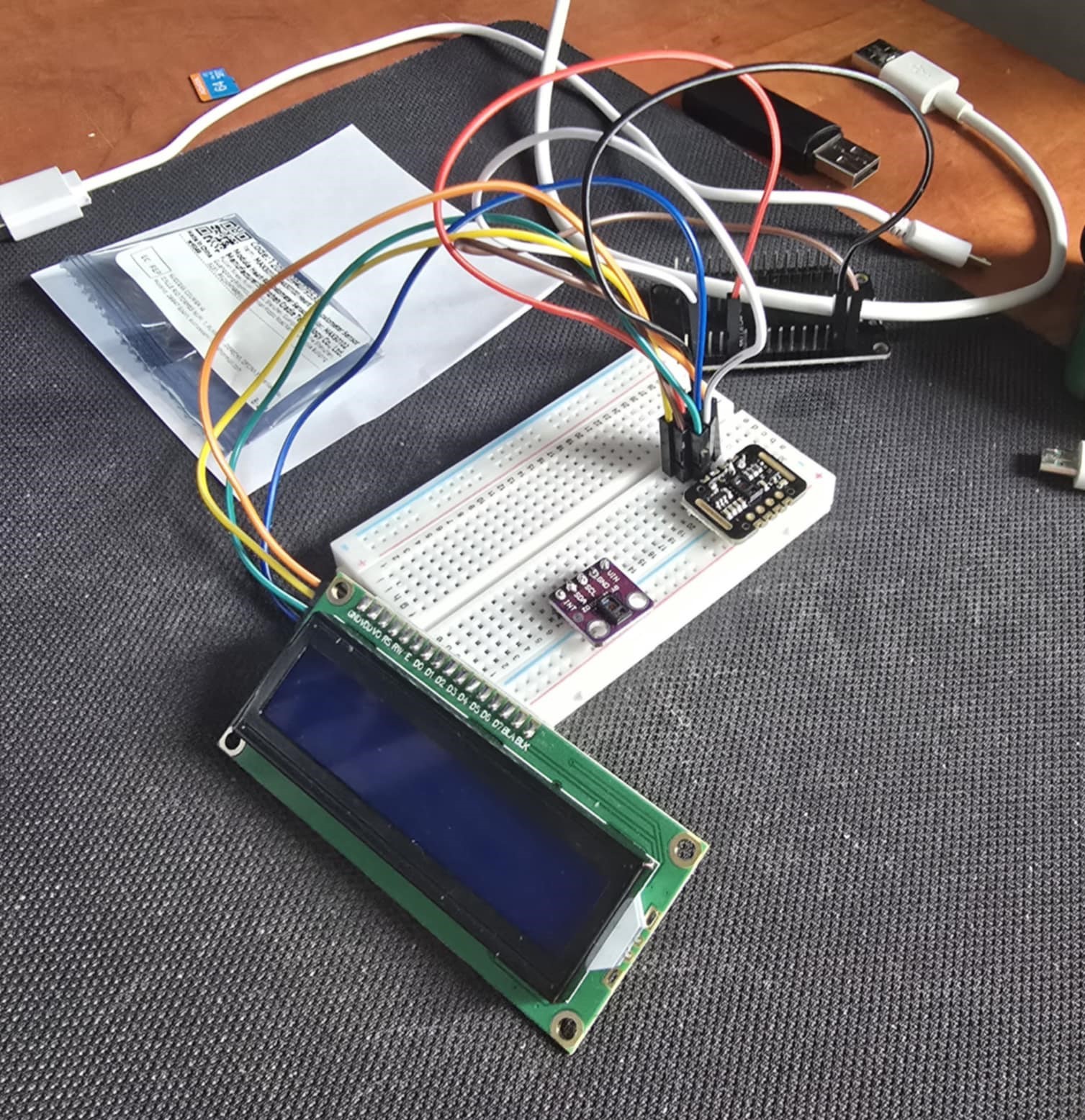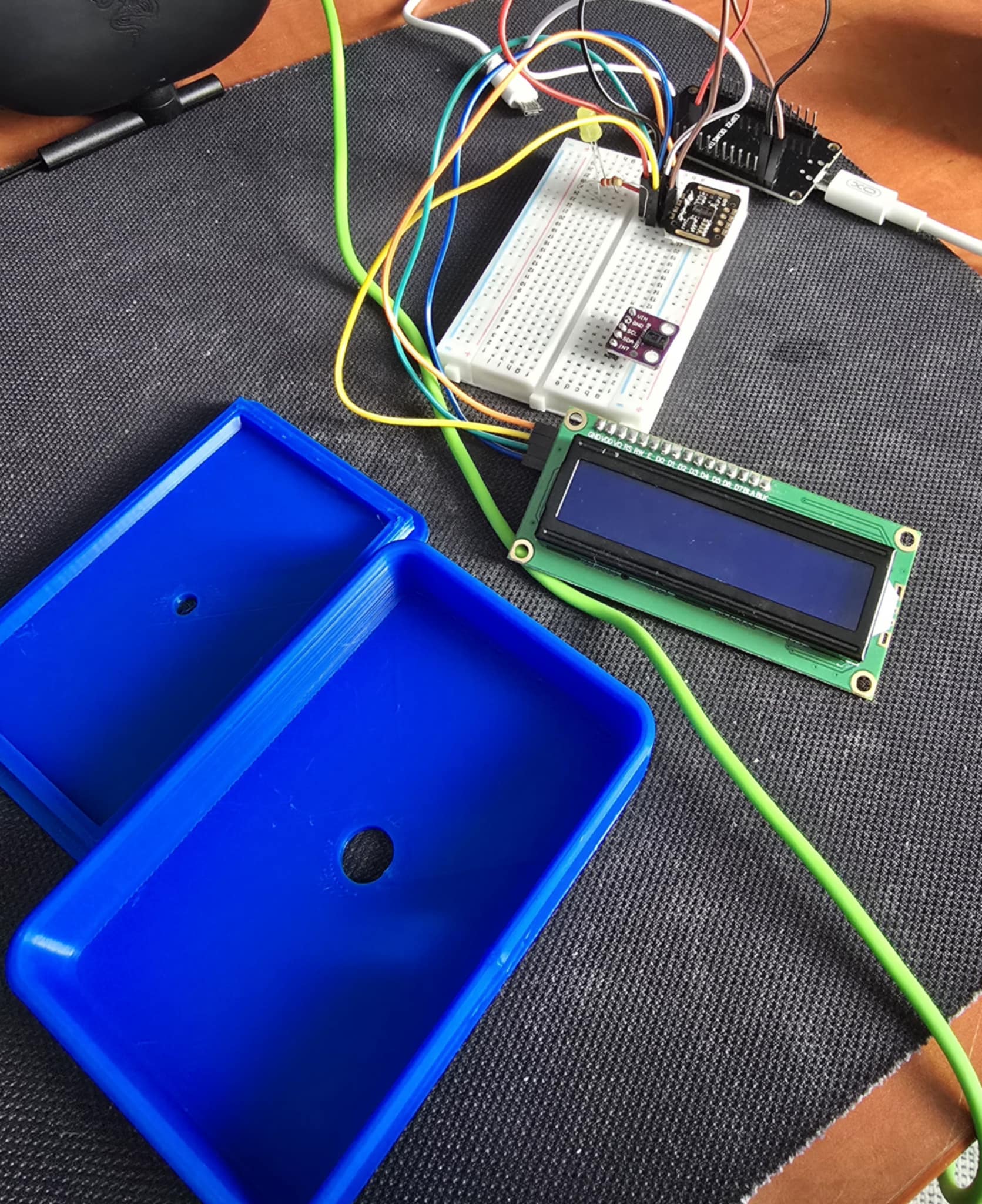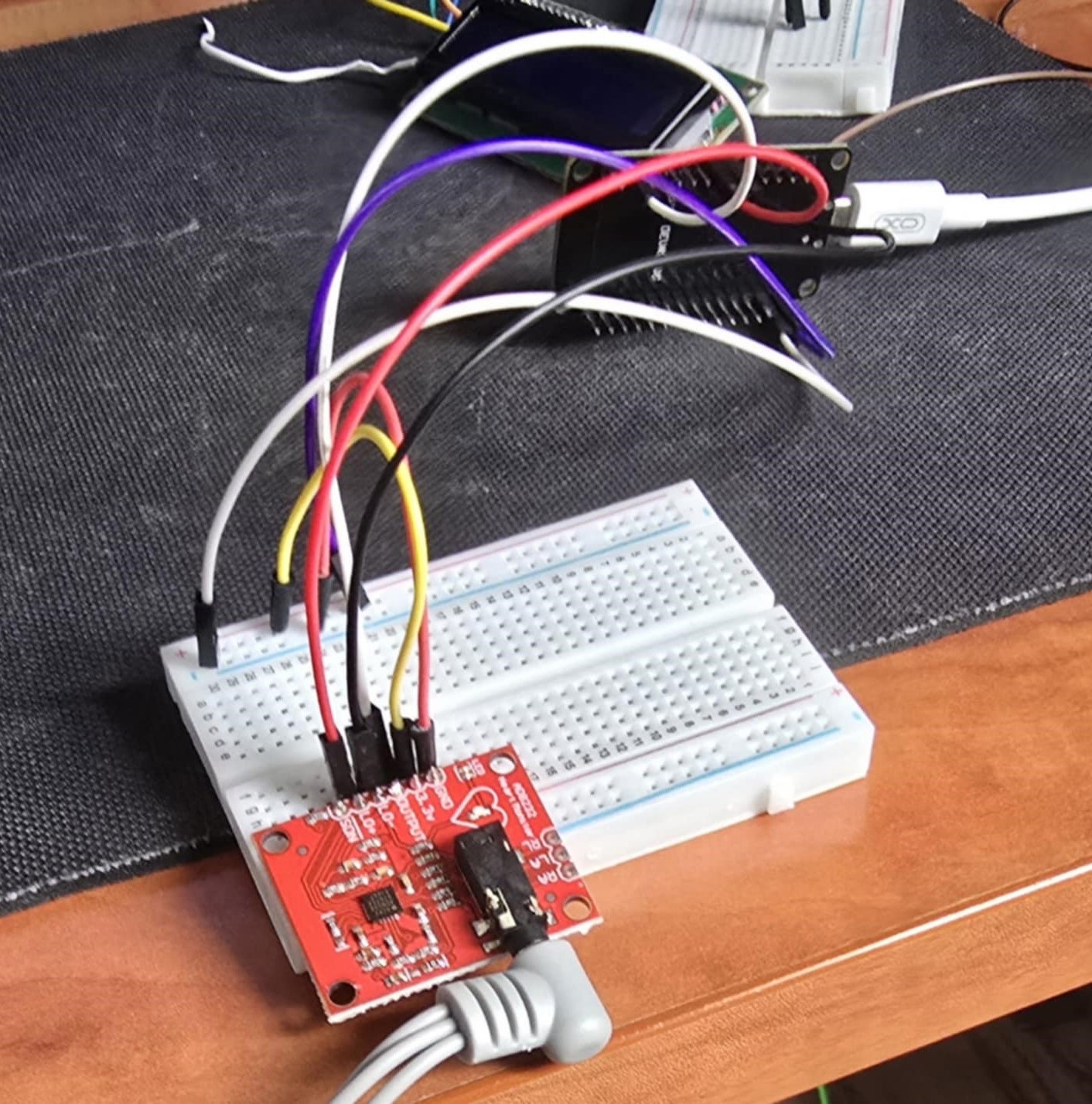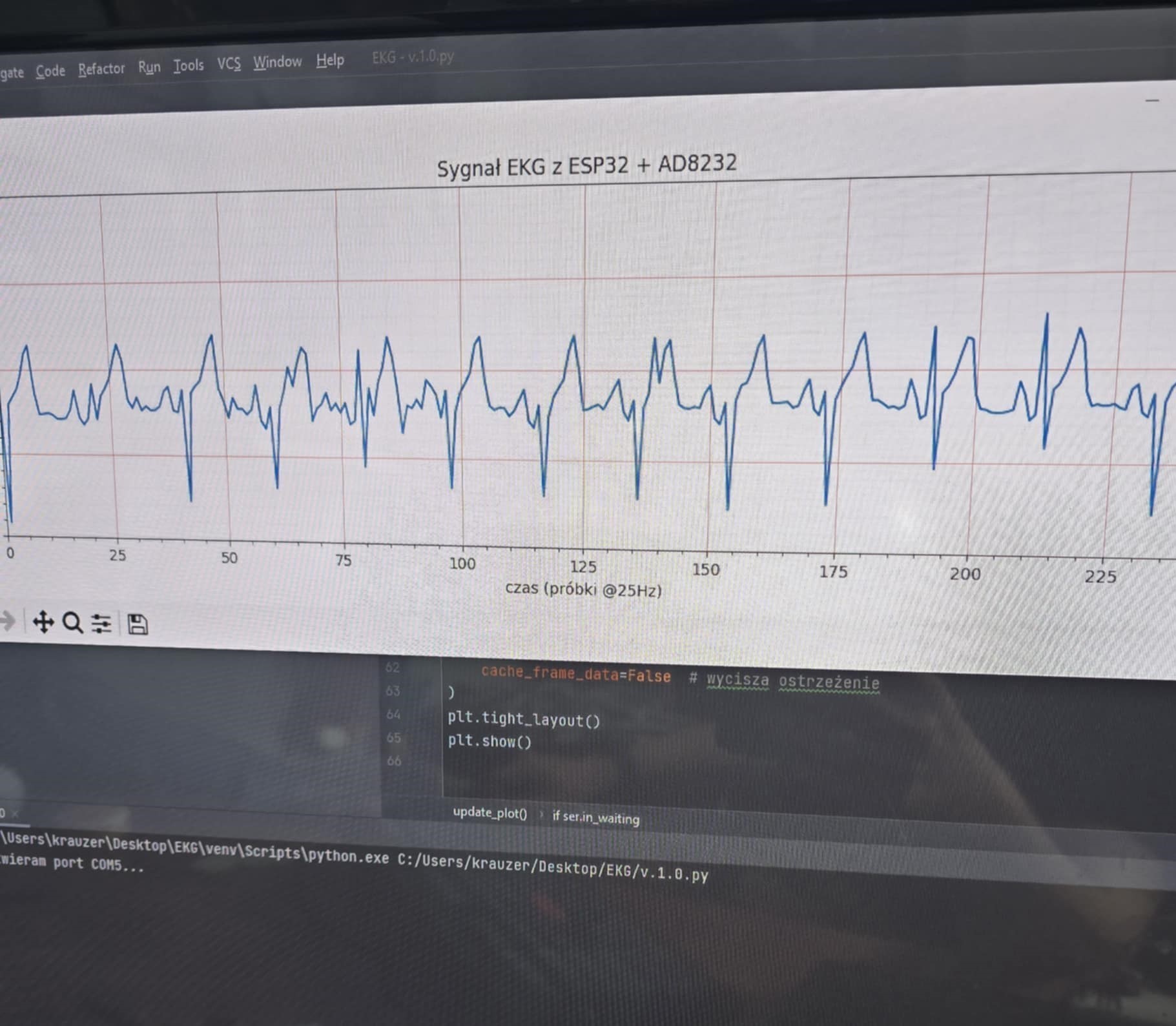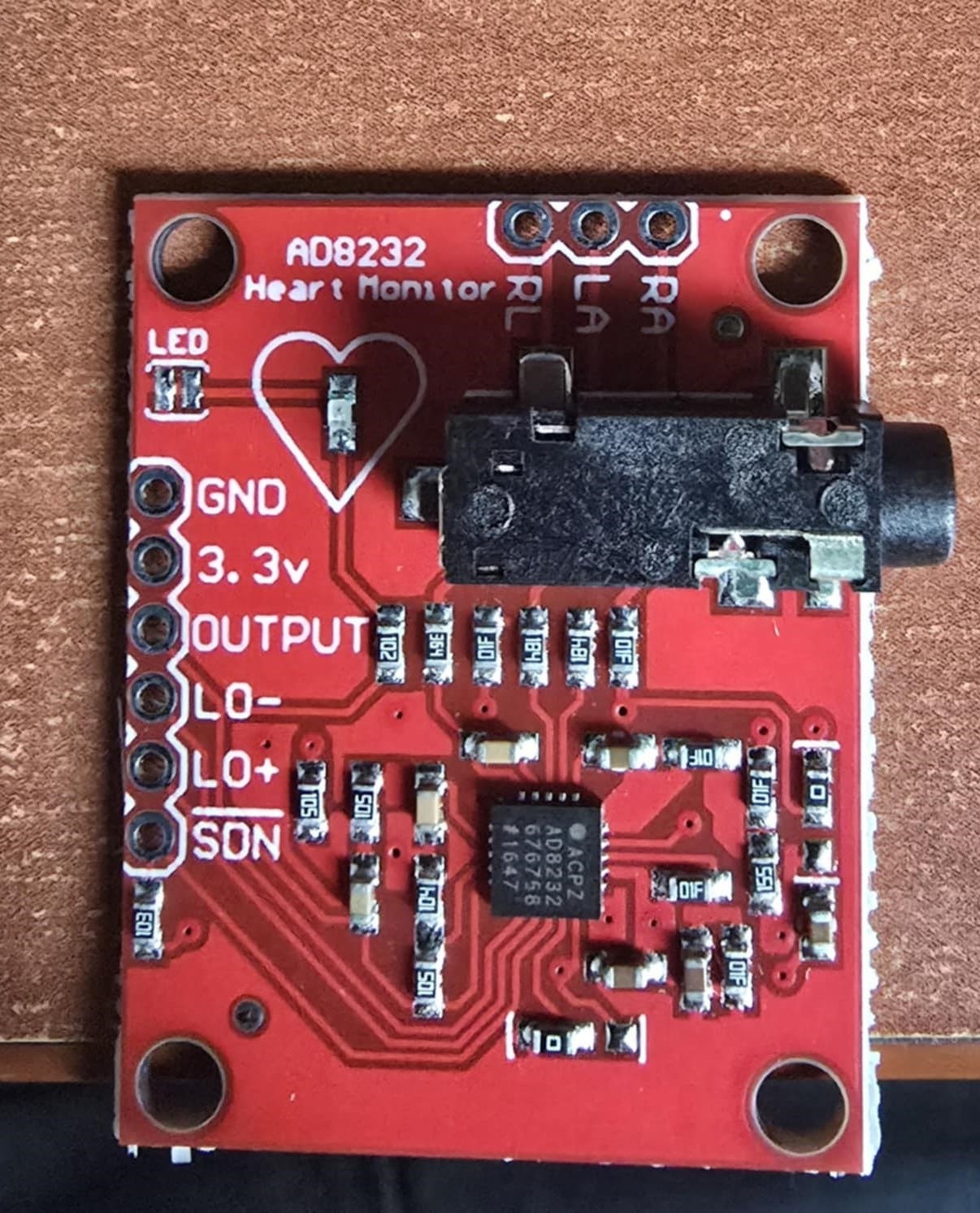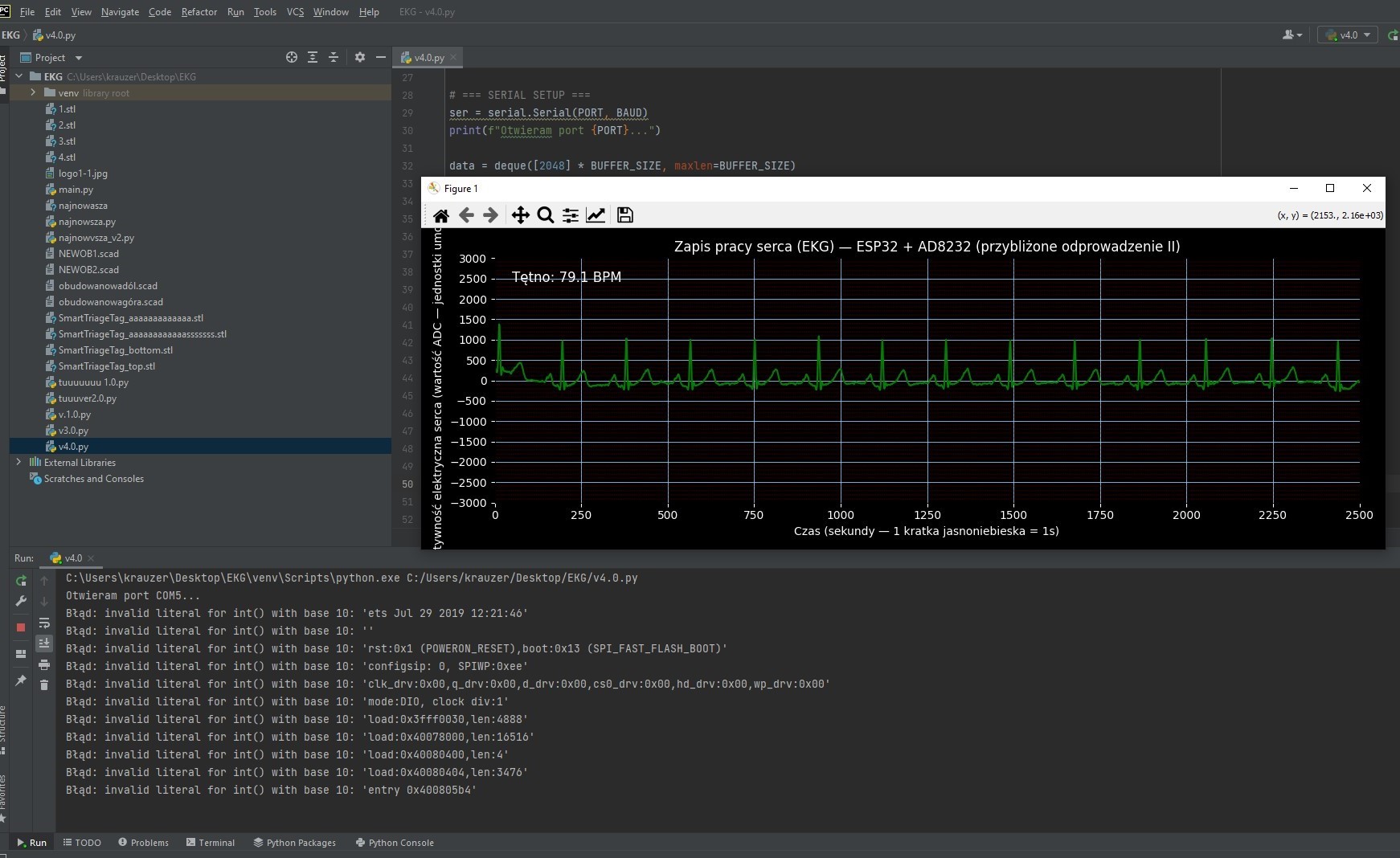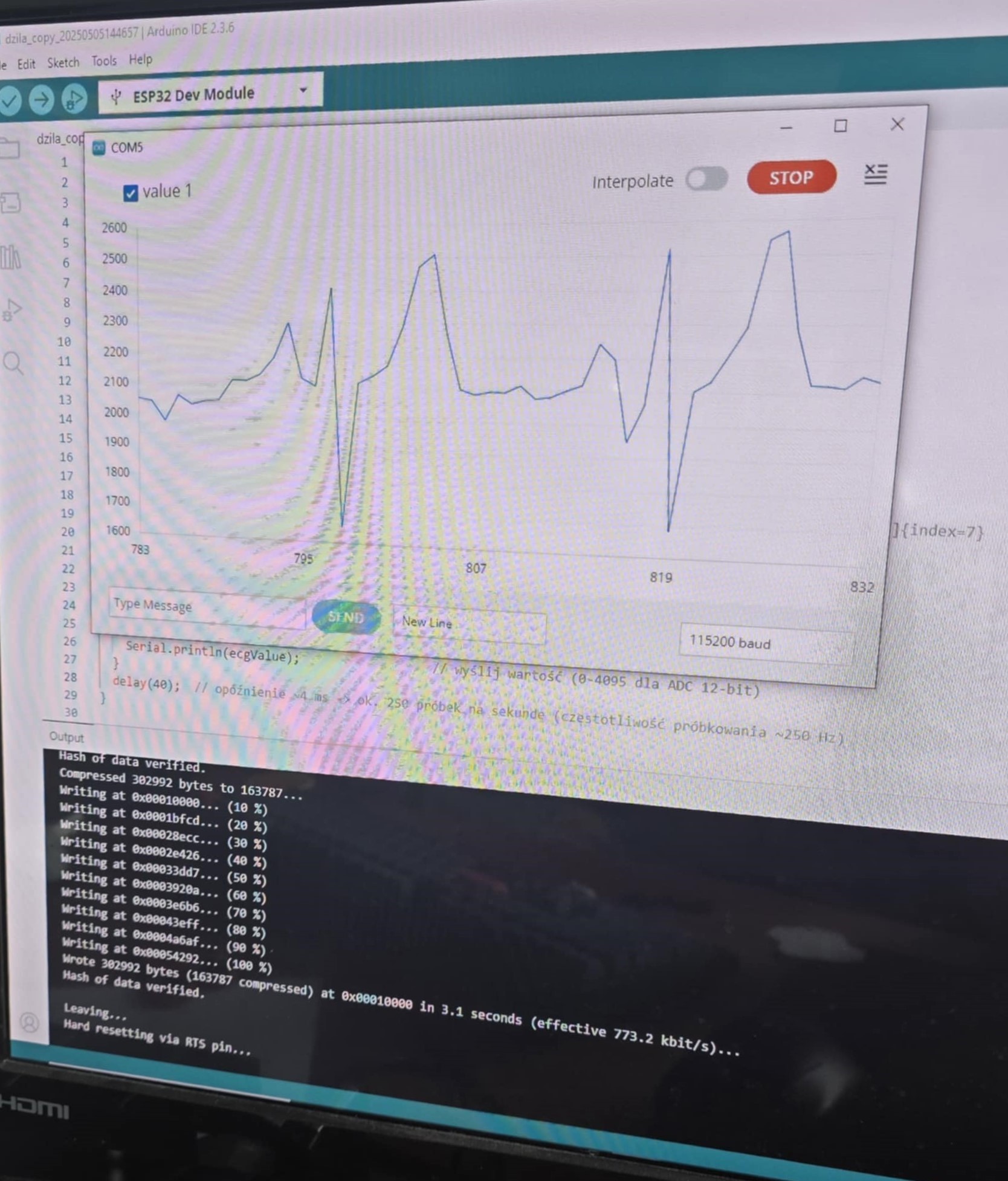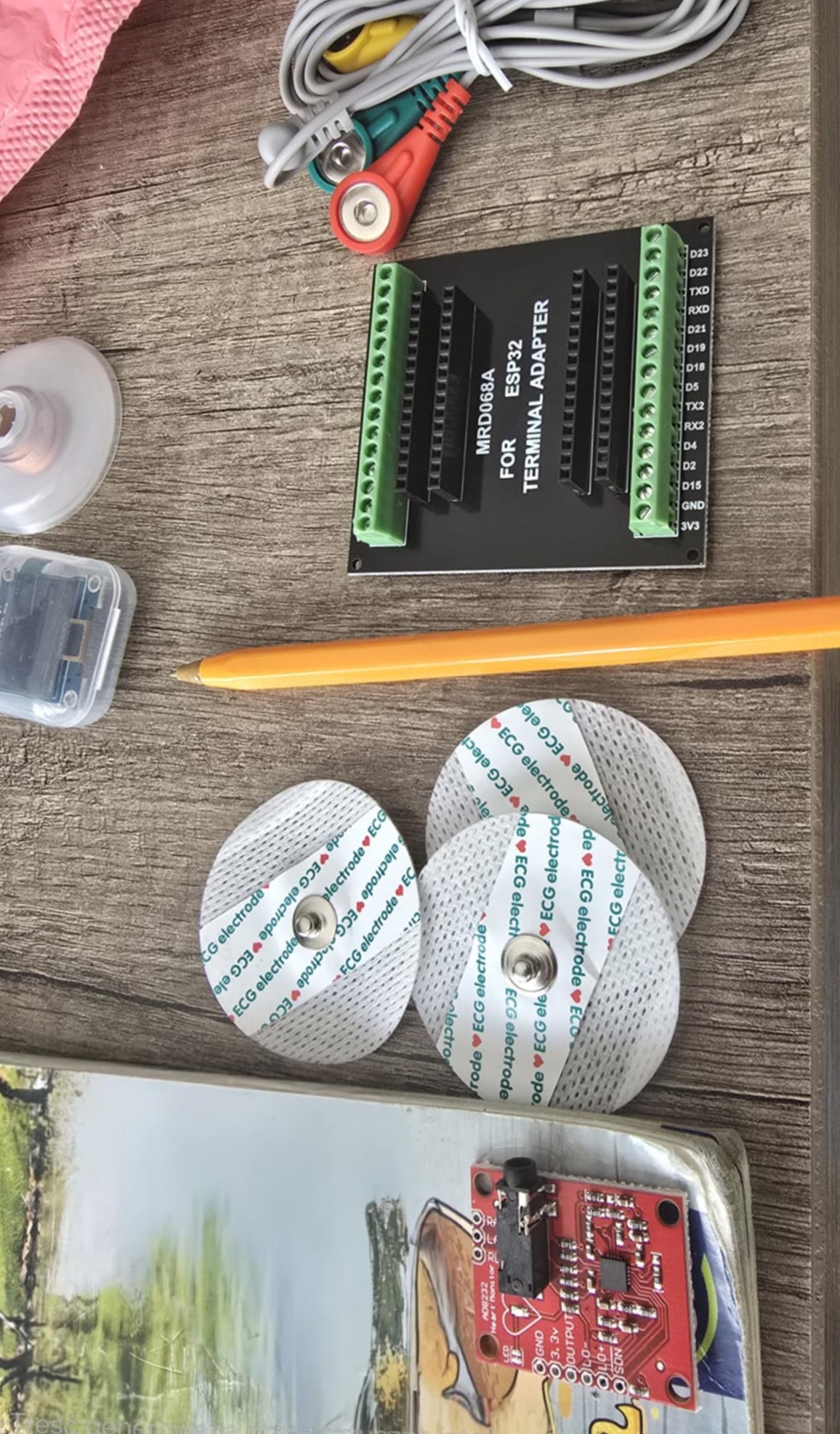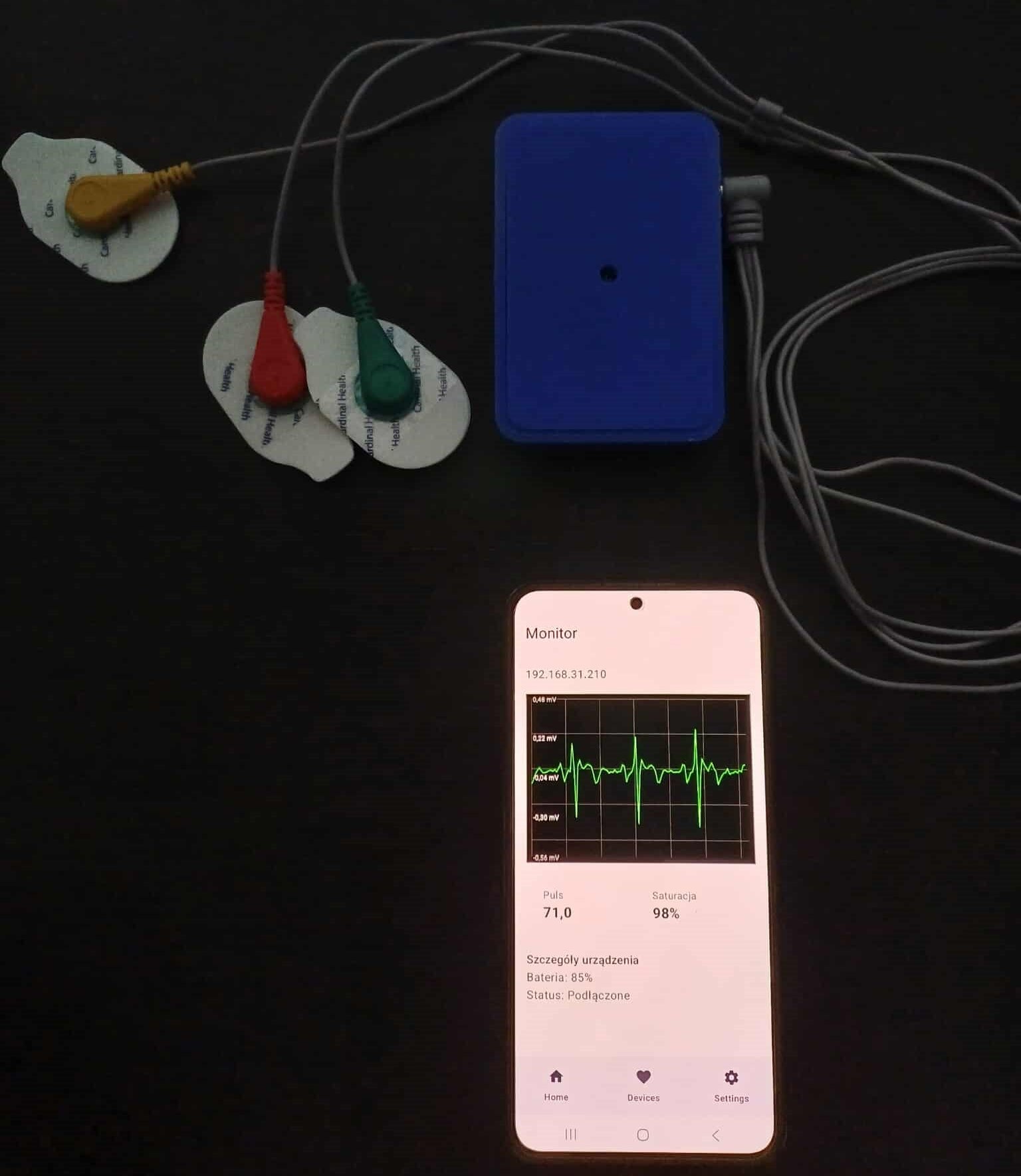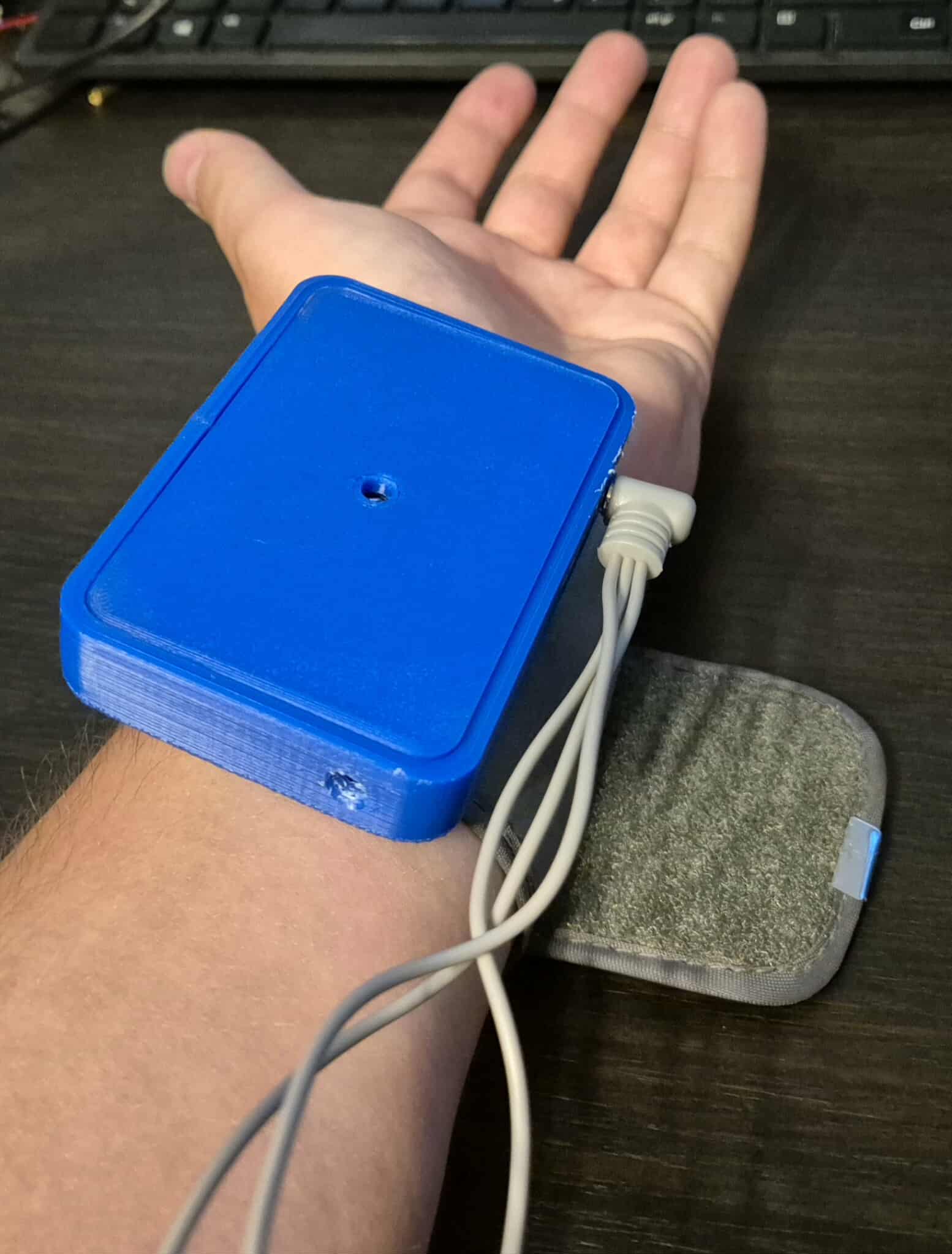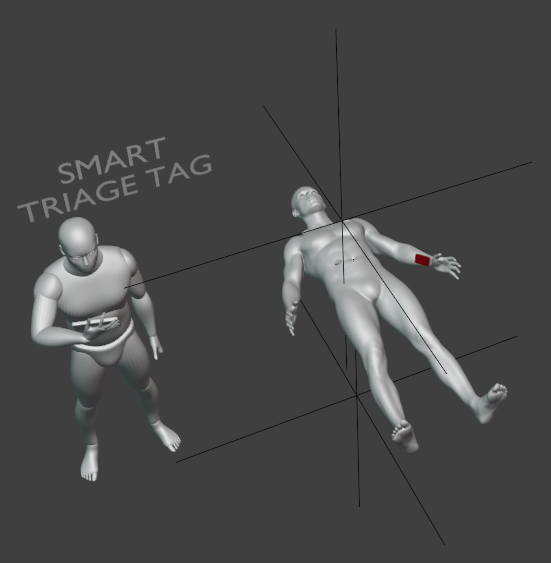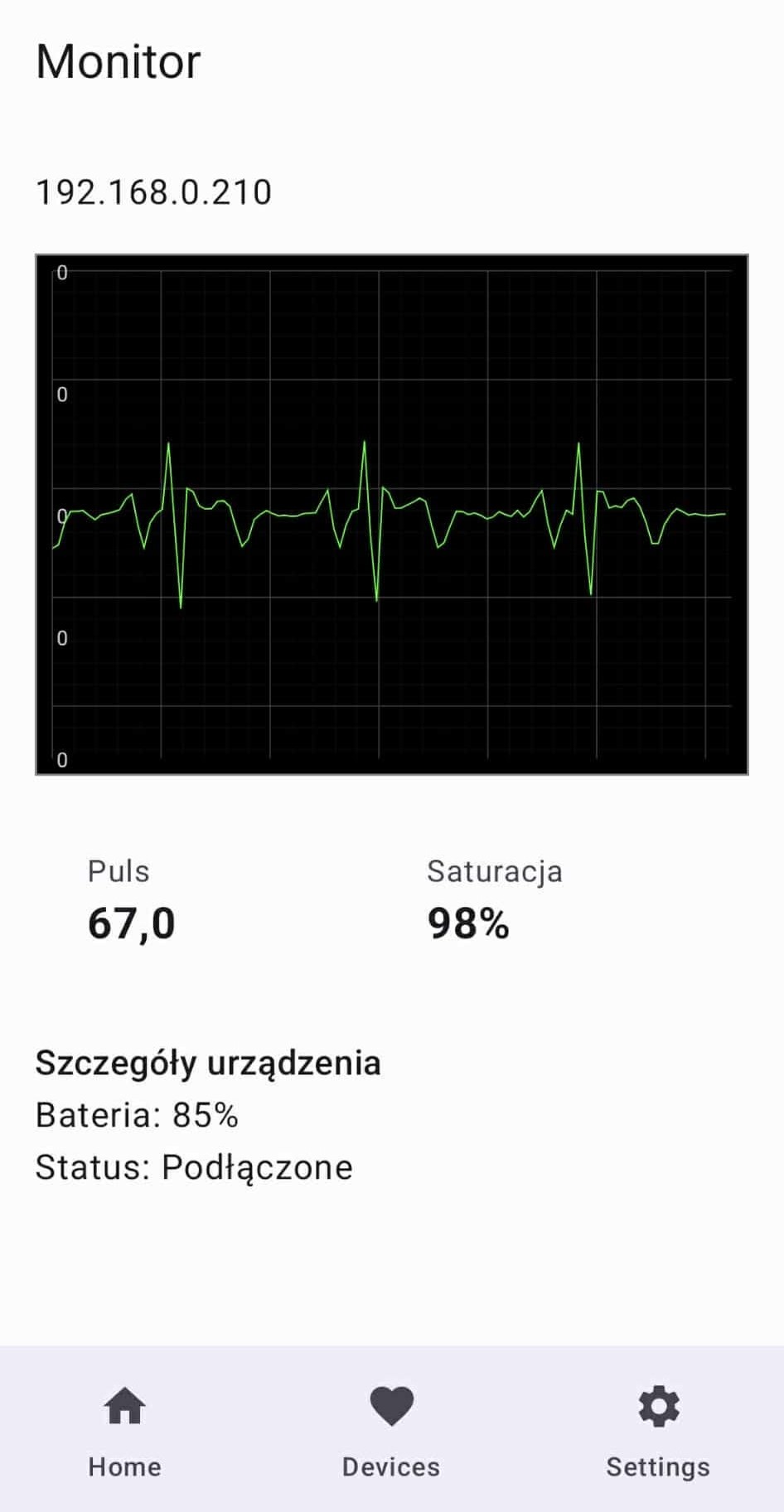I’ve been working as a paramedic for over 14 years. During that time, I’ve responded to hundreds of
emergencies, but the most challenging situations are those involving multiple casualties and limited
resources. In mass or multiple casualty incidents, valuable time often passes before reinforcements
arrive—sometimes a few minutes, sometimes much longer.
There were times when just two of us had to care for four, five, or even six patients, supported only by
volunteer firefighters or bystanders. These are people full of enthusiasm, but without medical training.
Meanwhile, a standard ambulance is equipped with just one cardiac monitor, one ventilator, one spinal
board, and four hands—barely enough to fight for the lives of several people at once.
In such cases, simplified triage systems like START or SALT are commonly used. They help quickly assess
the condition of victims and label them with colors: green, yellow, red, or black. This supports initial
classification—but doesn’t indicate what happens next. A patient classified as “stable” can lose
consciousness or stop breathing within minutes. The only way to notice that is through constant
observation—something that is nearly impossible in the chaos of an emergency scene.
Continuous monitoring is key to effective life-saving, and its absence often leads to unnoticed
deterioration in a patient's condition.
The idea for Smart Triage Tag was born out of this very need. While studying computer science and
sharing my field experience, my colleagues and I designed a solution intended to truly assist emergency
responders and enhance patient safety. Smart Triage Tag is a fusion of medical knowledge, technology,
and real-world practice—not a theory, but a tool for situations where every second and every pair of
eyes truly matter.
Every year across the European Union, thousands of incidents occur that result in multiple casualties: road and rail disasters, violent attacks, fires, and infrastructure failures.
Poland is no exception – hundreds of people are hospitalized annually due to emergencies that require rapid medical triage. Yet, emergency systems still rely on paper tags and manual coordination.
Smart Triage Tag was created to change that.
Scale of mass casualty risk (2020–2024)
Poland:
- 21,519 road accidents in 2024
- 1,896 fatalities, 24,782 injured
- 2.8% increase in accidents compared to 2023
- Source: National Police Headquarters, 2024 report (PDF)
Europe (EU):
- ~19,800 road fatalities in 2024
- 3% decrease compared to 2023, but progress is significantly slowing
- Source: European Commission – EU Road Fatalities 2024
Why does this matter?
In recent years, despite a general decline in road fatalities, the number of incidents involving multiple casualties remains high – and in some areas, it's even increasing.
Systemic problems:
- Medical triage systems have remained virtually unchanged for years
- Technological improvements are mostly limited to exercises or pilot projects
Table: Mass casualty events (2020–2024)
| Type of Incident |
Poland (2020–2024) |
Europe (EU, 2020–2024) |
| Road accidents |
108,093 accidents, 10,725 fatalities |
~102,000 fatalities |
| Railway accidents |
731 serious accidents, several hundred injured |
7,600 serious incidents, over 3,800 casualties |
| Terrorist and violent attacks |
1 attempt foiled (ABW, 2023) |
246 attacks, dozens of fatalities |
| Coach/bus disasters |
At least 7 major incidents (10+ injured) |
Over 50 incidents, incl. 12 Polish citizens killed |
| Fires / explosions |
Several large fires (incl. industrial) |
At least 10 incidents with mass casualties |
| Infrastructure failures |
Roof, hall, and bridge collapses |
Numerous incidents in Germany, France, Romania, Italy |
Sources:
- National Police Headquarters – Road Accidents 2024 (PDF), EC – EU Road Fatalities
- Polish Office of Rail Transport, SEWIK data
- Eurostat – Railway Accidents
- Europol TE-SAT Reports 2021–2024
- Media reports: PAP, RMF, TVN24 (e.g. Bogatynia 2022, Radom 2023)
- BBC, PAP – Polish coach crash in Croatia, 2022
- Chemical plant fire – Kędzierzyn-Koźle, 2021
- Hospital fires: Romania, France, Germany (2020–2022)
- Sports hall roof collapse – Katowice, 2023
- Genoa bridge disaster, 2018
Why Smart Triage Tag?
In 2024 alone, Poland recorded 21,519 road accidents, with 1,896 fatalities and 24,782 injured.
Across Europe, over 19,800 people lost their lives on the roads. Given the scale of these events, effective and rapid triage is critical.
Yet emergency services still rely on outdated tools and processes. Smart Triage Tag was created in direct response to these challenges – to equip first responders with a solution that genuinely supports them in the most difficult moments.
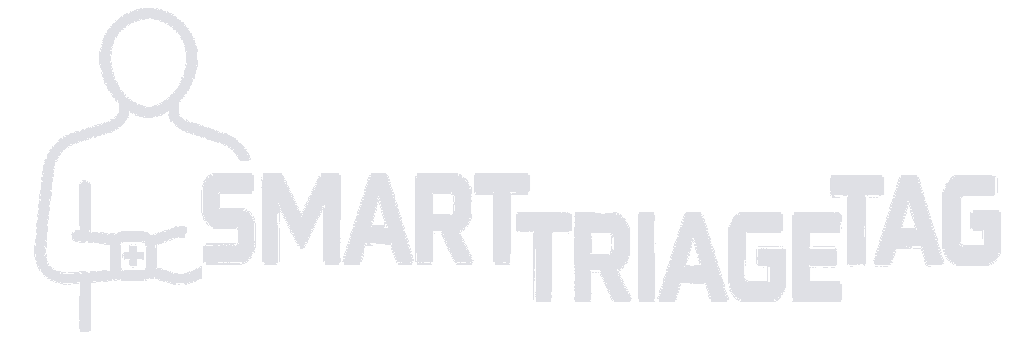
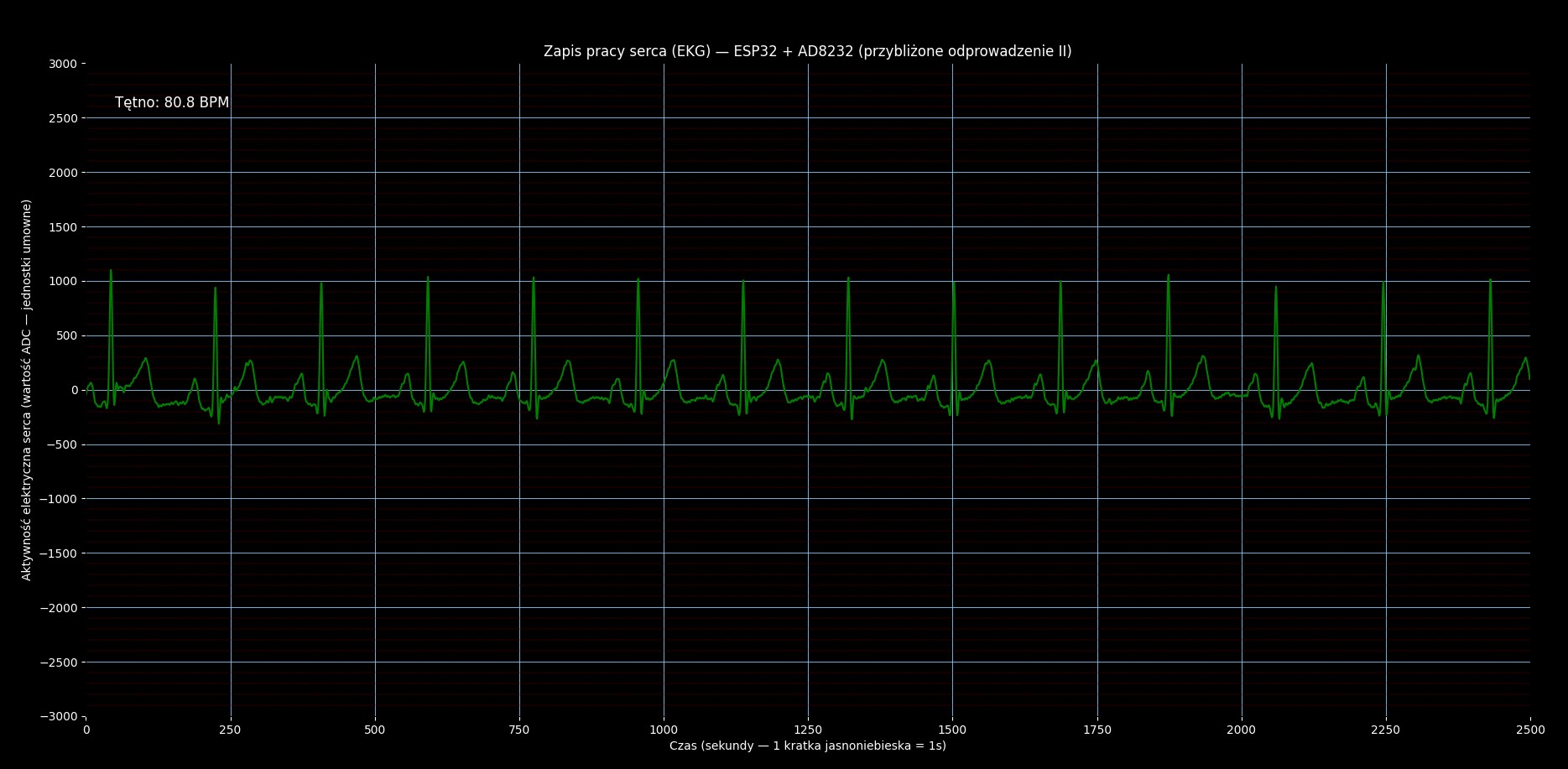
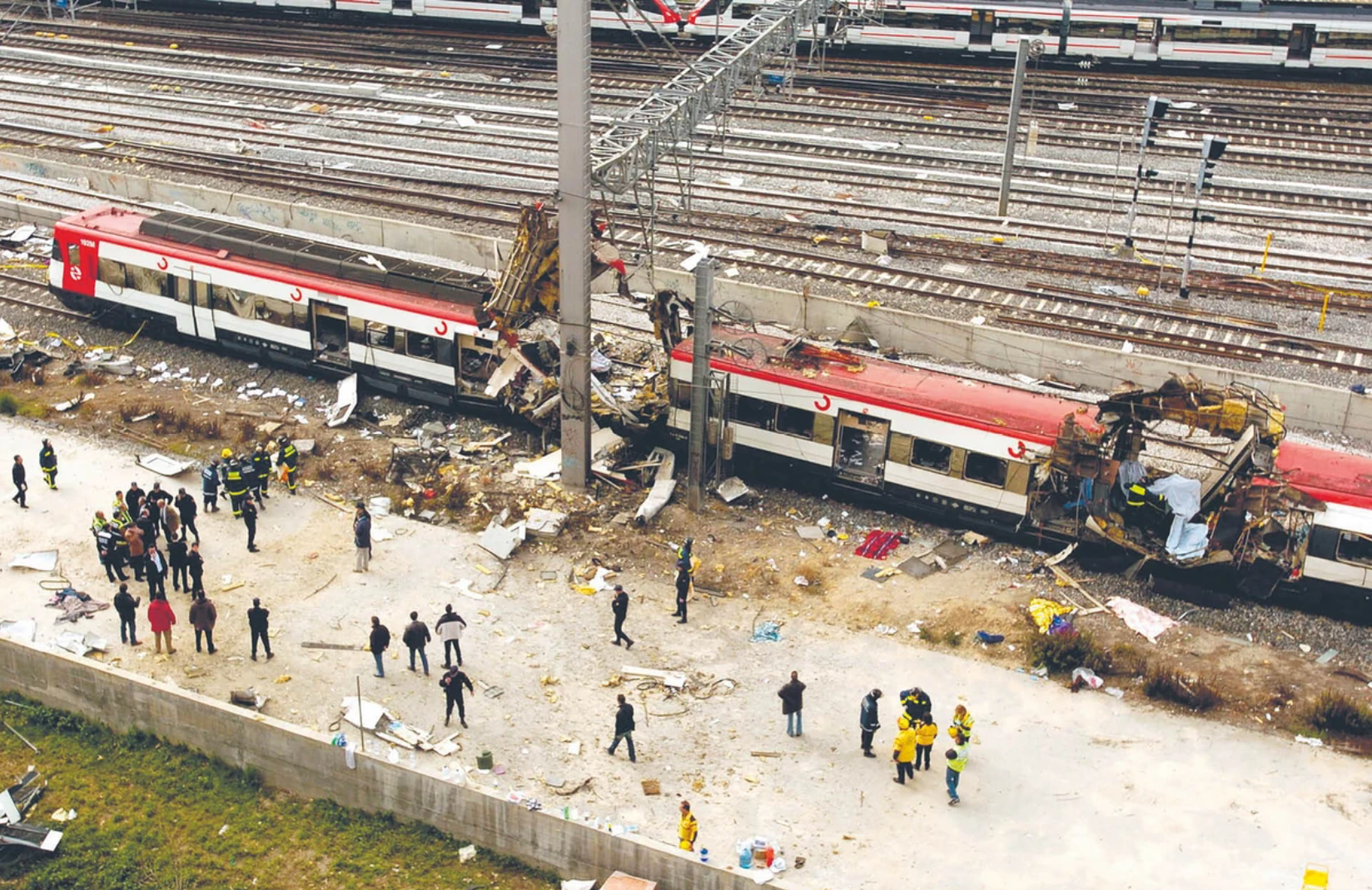 Source: EPA/PAP
Source: EPA/PAP
 Source: Policie ČR
Source: Policie ČR
 Source: gp24.pl
Source: gp24.pl
 Source: wyborcza.pl
Source: wyborcza.pl
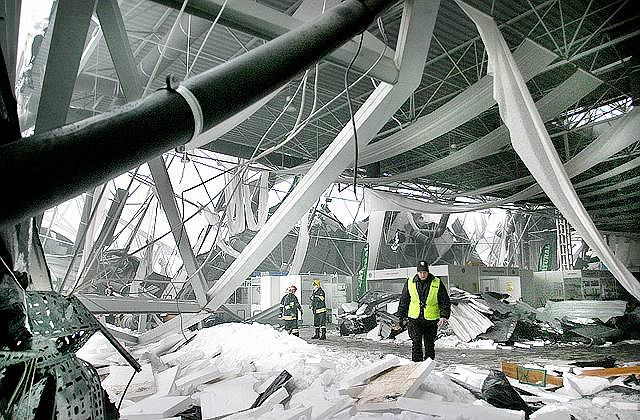 Source: wyborcza.pl
Source: wyborcza.pl
